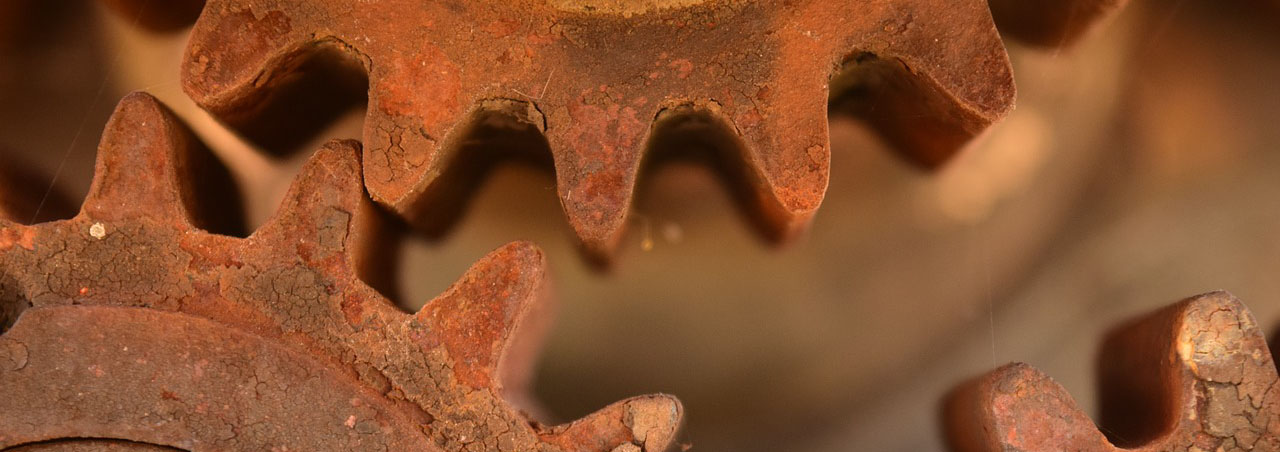Measures to prevent rusting of stainless-steel containers
Make sure that no dirt, salt or moisture remains
Be careful of scratches and "contagious rust"
We recommend you to handle the containers carefully in order not to make deep scratches where dirt and water could be accumulated. Please use soft sponge or waste cloth instead of metal or hard scrubbing brush when cleaning.
In addition, avoid contacting with other metals that are easy to rust for a long time could prevent the “contagious rust”.
Eliminate areas prone to rust
Sanitary Container
It is a container that eliminated the gap between the edge and the handle by welding so that dirt and water can not accumulate.
Not only to prevent rust, but also to reduce the cleaning time.
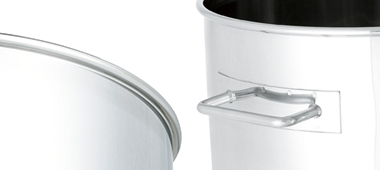
Skirt Part
It’s like a skirt with a board wrapped around the body board. Attach it to the bottom of the container and raise it up, so that the bottom will not touch the floor.
The skirt part processing is optional and it can be attached to the container without the skirt part originally.
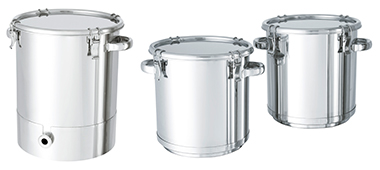
Electrolytic Polishing
It is a surface treatment method that can melt and smooth the surface.
Dirt and other substances that affect the formation of the passive film will be removed, and a stronger passive film will be formed by this treatment.
Because the surface became smooth, it is hard to get dirty, and the dirt is easier to be cleaned even if it gets contaminated.
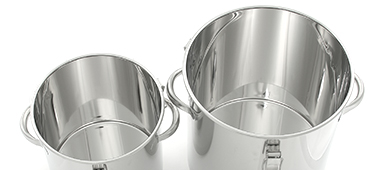
Fluorocarbon Resin Coating
Most chemicals do not affect fluoroplastics such as PFA and PTFE.
Coating the parts where are exposing to the liquid can prevent the chemicals from touching the surface of the stainless steel and prevents the stainless steel from rusting.
However, it is necessary to select the type and film thickness of the fluororesin according to the contents and purpose of use, or to make it pinhole-less.
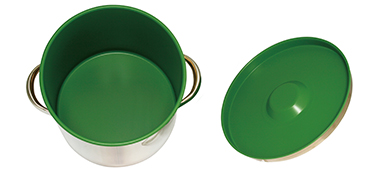
Use containers that match the contents
Use a SUS-316L container
Depending on the operating environment and the type of contents, changing the material of the container may prevent rust.
The SUS-316L is superior to the SUS-304 in terms of corrosion resistance, pitting corrosion resistance, and grain boundary corrosion resistance.
Compared to the SUS-304, the SUS-316L’s corrosion resistance to seawater is superior.
Use containers made of Inconel (Hastelloy)
If you want to handle chemicals that are incompatible with stainless steel, you can try the containers made by Inconel produced by our company.
Inconel is a nickel based alloy. Some materials contain chromium, molybdenum, etc., and have superior corrosion resistance compared to stainless steel in oxidizing atmospheres such as sulfuric acid and hydrochloric acid.
Tag Related Posts
- No related posts.

